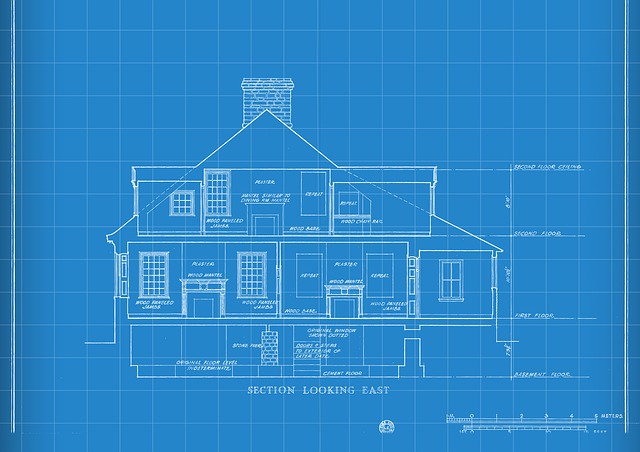
Everything You Need to Know About Large Format Scanning
You may have heard about large-format scanning if you are in the architecture, engineering, or construction industry. This process is essential for converting large-format documents into digital files. This article will discuss everything you need to know about large-format scanning, including its benefits, the scanning process, and the types of scanners available.
Benefits of Large Format Scanning
Large-format scanning has many benefits. Some of the most significant advantages include:
Improved Access and Organization of Documents
Scanning your large-format documents allows you to easily access and organize your files on your computer or network. You can search for a specific document or image by using keywords, and you no longer have to sift through stacks of paper to find what you need.
Better Collaboration and Sharing of Documents
Scanned documents can be easily shared with others, regardless of their location. You can send digital files to colleagues or clients without printing or shipping.
Space Saving
Scanning your large format documents can save you valuable office space. You no longer have to store large paper documents in your office by converting your documents into digital files.
Preservation of Documents
Paper documents can easily get damaged or lost over time. By scanning your documents, you can preserve them digitally and protect them from wear and tear.
The Scanning Process
The large-format scanning process involves several steps. Here is a breakdown of the process:
Preparation
Before scanning your documents, you need to prepare them by removing any staples, paperclips, or other materials that may damage the scanner. You may also need to straighten the documents or repair any tears or folds.
Scanning
Once your documents are prepared, you can begin scanning them. The scanner will capture the image of the document and convert it into a digital file.
Editing
After scanning your documents, you may need to edit them to ensure they are clear and easy to read. You can adjust the image’s brightness, contrast, or resolution to improve its quality.
Saving
Once you have edited your documents, you can save them in various file formats, including PDF, TIFF, or JPEG.
Types of Large Format Scanners
There are two main types of large-format scanners: flatbed scanners and roll-fed scanners.
Flatbed Scanners
Flatbed scanners are similar to traditional scanners but have a larger scanning bed. They are ideal for scanning delicate or fragile documents, such as artwork or historical documents.
Roll-Fed Scanners
Roll-fed scanners are designed for high-volume scanning of large-format documents. They can handle large rolls of paper and scan multiple documents in a batch.
Conclusion
In conclusion, large-format scanning is essential for anyone in the architecture, engineering, or construction industry. It offers many benefits, including improved access and organization of documents, better collaboration and sharing of documents, space-saving, and preservation of documents. The scanning process involves preparation, scanning, editing, and saving. There are two main types of large-format scanners: flatbed and roll-fed.
FAQs
- How long does it take to scan a large format document? Answer: The time it takes to scan a large format document depends on the size and complexity of the document. On average, it can take between 5 to 15 minutes per page.
- Can large-format scanning be done on-site? Answer: Yes, large-format scanning can be done on-site. You can hire a professional scanning service to come to your office and perform the scanning process.
- What is the resolution of a scanned image? Answer: The explanation of a scanned image can vary depending on the scanner used. Most large format scanners have a resolution.
Share This Post
More To Explore

Protecting Health Care Data: Security Best Practices
Enhance your health care data security with our proven best practices and practical tips to safeguard sensitive information effectively.

Network Document Scanning: Streamline Your Workflow
Streamline workflow with network document scanning. Discover efficiency, reduce paper clutter, and enhance productivity with top scanning solutions.
